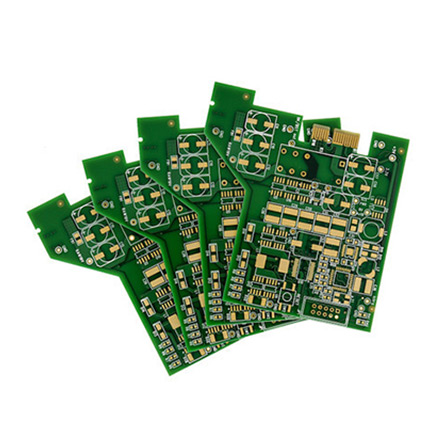

The Benefits and Applications of Custom Tempered Glass
In today’s world of architectural design and interior aesthetics, tempered glass has emerged as a popular choice for both commercial and residential applications. Custom tempered glass, in particular, offers a range of possibilities that enhance not only the functionality but also the aesthetic appeal of spaces. This article delves into the advantages and applications of custom tempered glass, illuminating why it has become an essential component in modern design.
Understanding Tempered Glass
Tempered glass, also known as toughened glass, is produced through a rigorous manufacturing process that involves heating the glass to high temperatures and then rapidly cooling it. This process increases its strength, making it far more durable and shatter-resistant compared to regular glass. In the event of breakage, tempered glass shatters into small, blunt pieces rather than sharp shards, minimizing the risk of injury.
Advantages of Custom Tempered Glass
One of the most significant benefits of custom tempered glass is its versatility. When ordered as a custom product, glass can be made to fit specific dimensions, shapes, and designs, catering to the unique requirements of any project. This adaptability is especially advantageous in modern architecture, where unconventional shapes and large glass surfaces are increasingly becoming the norm.
Another prominent advantage is thermal resistance. Custom tempered glass is capable of withstanding extreme temperatures, making it ideal for applications like shower doors, kitchen backsplashes, and even facades of high-rise buildings. Its thermal performance ensures that it won’t easily crack or warp under temperature fluctuations, maintaining both structural integrity and appearance.

Furthermore, custom tempered glass can be tailored with various coatings and tints to enhance privacy, energy efficiency, and UV protection. The ability to choose the level of transparency or tint allows designers and homeowners to create tailored solutions that fit their aesthetic and functional needs. For instance, frosted or tinted glass can be utilized in office spaces to provide privacy while still allowing natural light to permeate the area.
Applications of Custom Tempered Glass
The versatility of custom tempered glass allows for a wide range of applications. In architecture, it is commonly used in high-rise buildings, curtain walls, skylights, and glass doors. The elegance of large glass panels can transform a space, bringing in natural light and creating an open, airy ambiance.
In residential settings, custom tempered glass is frequently utilized in shower enclosures, balcony railings, and patio covers. These applications not only provide safety but also create a sleek, modern look that enhances the overall design of a home. The use of tempered glass in smart home technology is also on the rise, with features like smart glass that can change opacity or tint at the touch of a button.
Moreover, custom tempered glass finds its place in retail environments where visual appeal is paramount. Storefronts often use large, custom glass displays to showcase products, drawing in customers while allowing for maximum visibility and light.
Conclusion
Custom tempered glass stands out as a remarkable material in contemporary design and architecture. Its strength, safety features, thermal resistance, and aesthetic flexibility make it an ideal choice for a multitude of applications. As architects and designers continue to explore innovative solutions and cutting-edge designs, the demand for custom tempered glass is expected to grow. Embracing this material not only enhances the functionality and safety of designs but also contributes significantly to the visual impact and modern elegance of spaces.